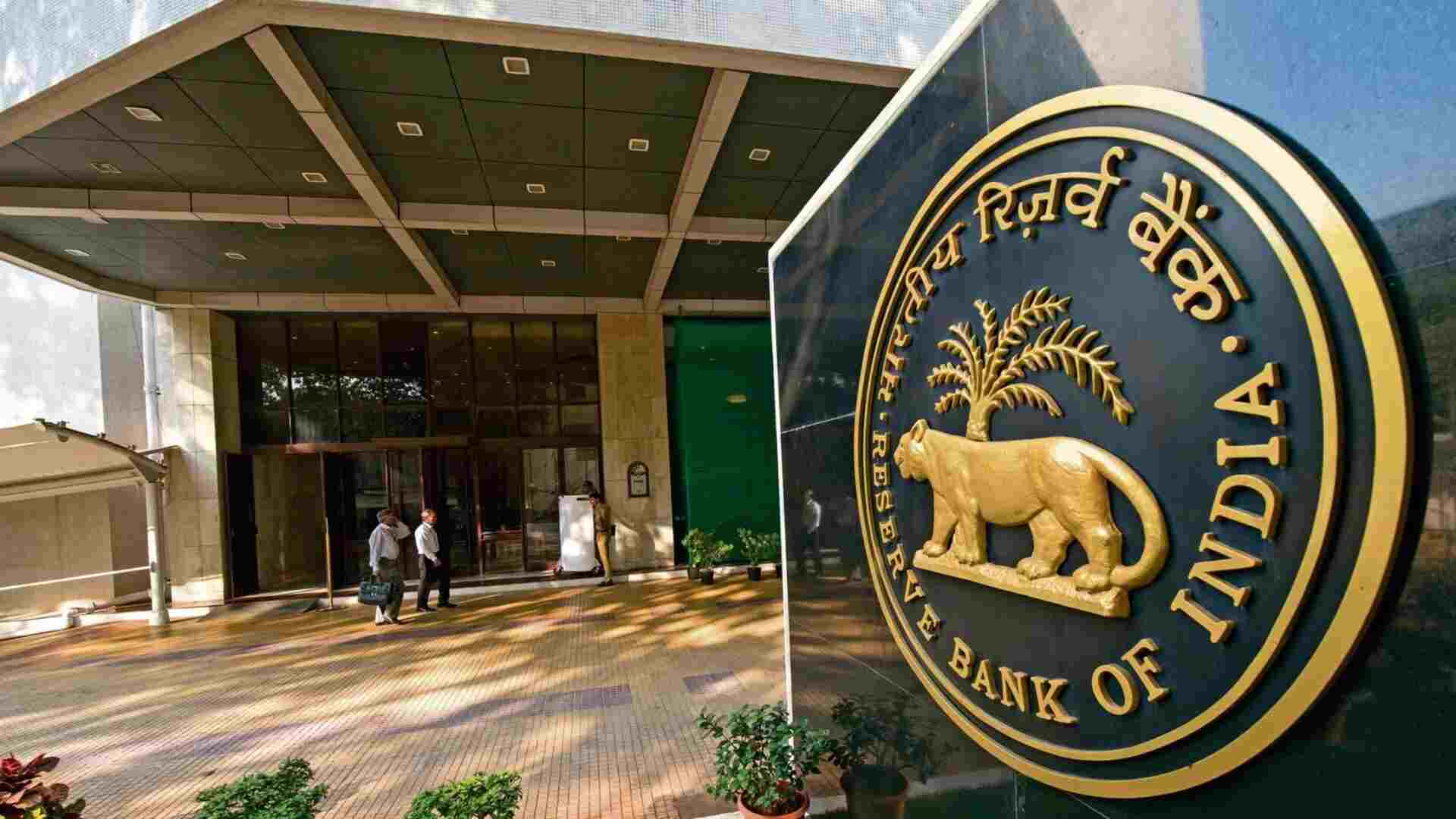
To fulfill its developmental objectives over the next thirty years, the Indian economy needs to maintain a growth rate of 8-10% per annum in the coming decade. This is crucial to capitalize on the demographic dividend, which began accruing in 2018 and is projected to continue until 2055, as per assessments, according to an article in the Reserve Bank of India’s (RBI) monthly bulletin, released on Tuesday.
In its article titled ‘State of the Economy,’ the RBI stated that conditions in India are indicating a continuation of the trend that raised the average real GDP growth above 8 per cent during 2021-24.
Thus far, the enhancement of capital is driving the acceleration of the country’s growth path, propelled by consistent public investment and reinforced by advancements in productivity.
“More recently, a resurgence of private investment has become visible, according to the Asian Development Bank (ADB), which is shifting its investment strategy to expand space for private capital,” read the article.
The creditworthiness of Indian corporates has improved due to deleveraged balance sheets, steady domestic demand, and increased public capital expenditure. Rating upgrades have consistently outnumbered downgrades. The article suggests that to leverage its favorable demographics and surpass the low-middle-income barrier, India’s developmental strategy in the coming decades should focus on maximizing the contribution of its youthful and expanding labor force to Gross Value Added growth.
It stressed the importance of enhancing the employability of the youth.
“Raising employability–the set of skills that makes a person more likely to gain employment in a chosen occupation to benefit the person, the workforce, the community and the economy–with a focus on the formalisation of employment opportunities for the youth and women should continue to be the hallmark of the strategy,” the article read.
India’s growth trajectory will significantly depend on the quality of its workforce, given that the working-age population is projected to increase by approximately 9.7 million per annum from 2021-31 and 4.2 million per annum from 2031-41.
Although labor quality has historically exhibited slow growth, at a rate of 0.7% per annum between 1980 and 2021, there is increasing evidence indicating an improvement in the growth rate of aggregate labor quality since 2017-18.
The improvement in aggregate labor quality is primarily driven by the services sector. Additionally, a significant development supporting India’s growth aspirations is the evolution of inflation dynamics in recent data. The article contends that since January of this year, the easing of headline inflation is bolstering growth prospects.
In India, the Consumer Price Index (CPI) inflation stood at 4.9% in March, down from an average of 5.1% in the preceding two months, following a recent peak of 5.7% in December 2023.
“With 4 per cent inflation finally being sighted, there is greater confidence now that the descent of inflation to the target is imminent,” it said.
Inflation remains the primary concern for members of the Monetary Policy Committee of RBI as they consider loosening their stance on key interest rates.
According to the minutes of the latest monetary policy meeting released last week, uncertainties surrounding inflation were frequently mentioned. Looking forward, uncertainties regarding food prices are expected to persist and impact the inflation outlook, as stated in the minutes.
Retail inflation in India falls within the RBI’s comfort level of two-six percent but remains above the ideal scenario of four per cent. While inflation has been a concern for many countries, including advanced economies, India has generally succeeded in managing its inflation trajectory effectively.